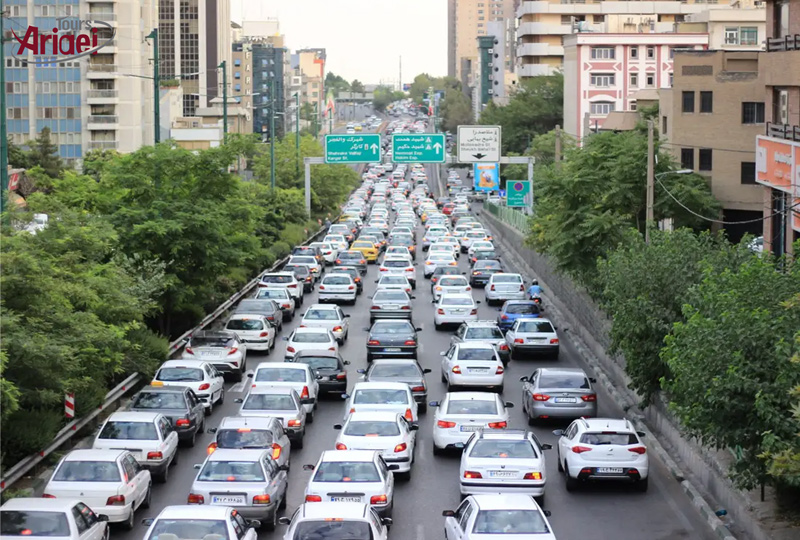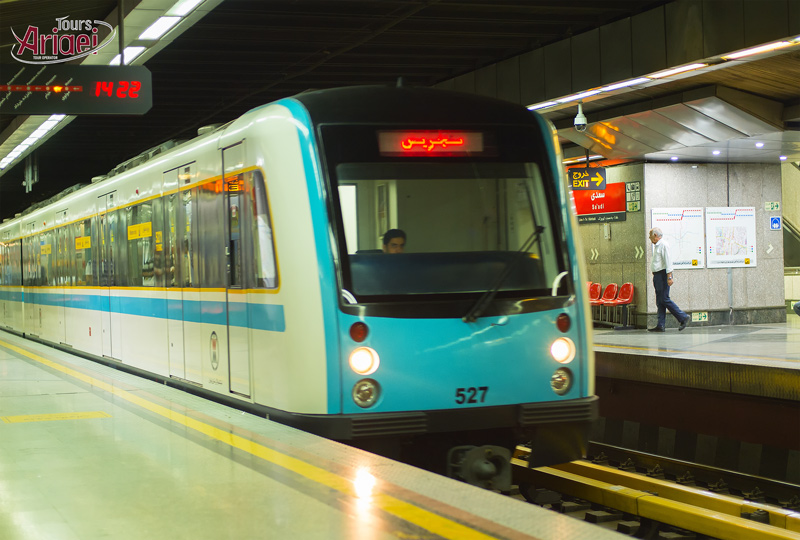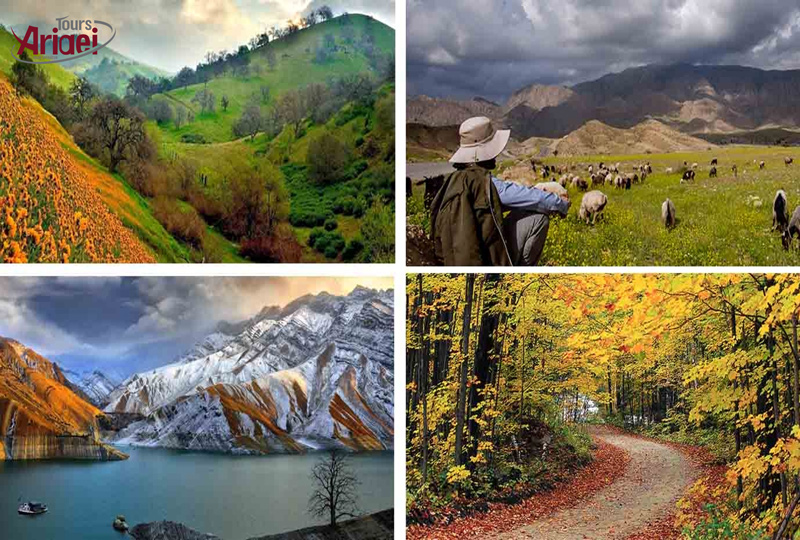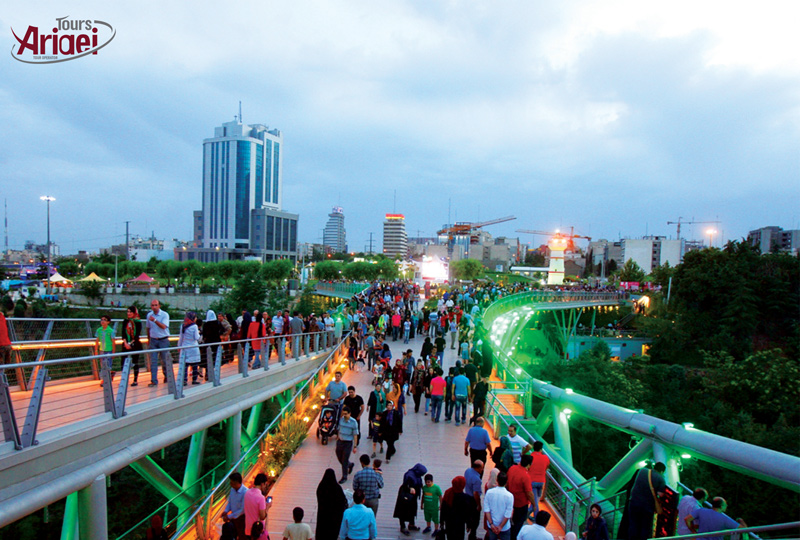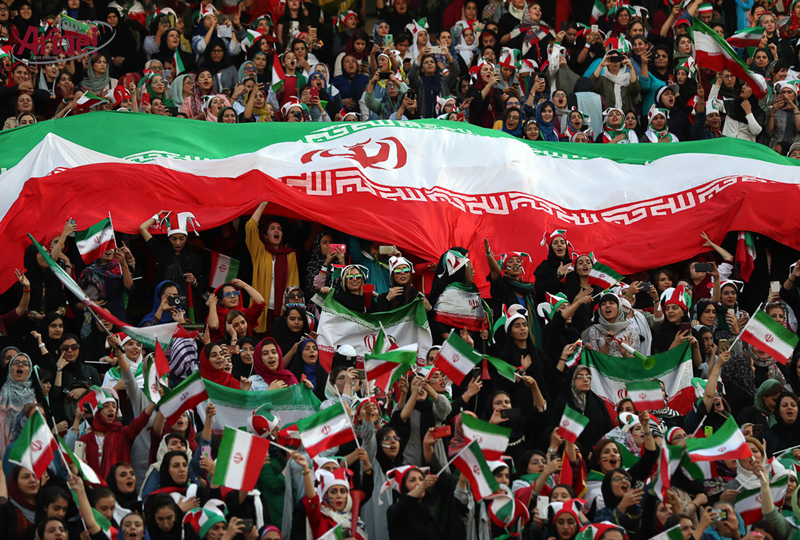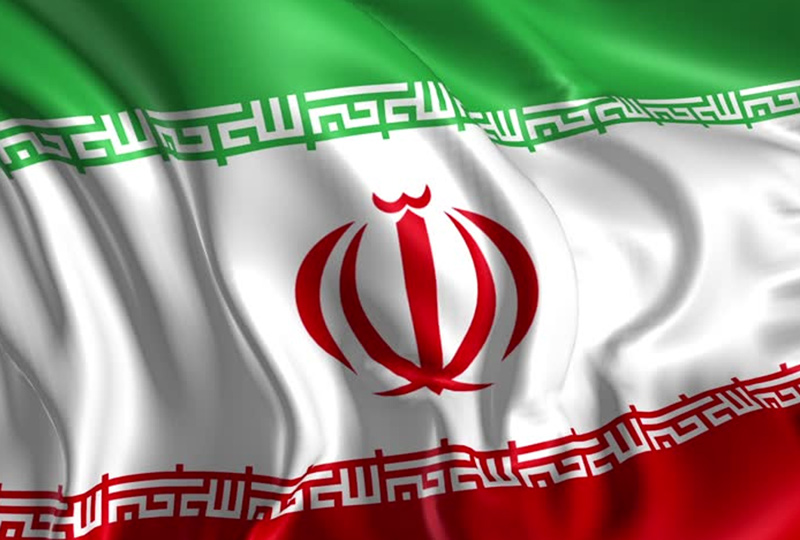The country of the Islamic Republic of Iran with an area of 195,648 square kilometers and a population of about 80 million people is located in the southern half of the temperate northern region and the Middle East of Asia. The Caspian Sea and the republics of Turkmenistan, Azerbaijan, and Armenia cover the north, Afghanistan, and Pakistan the east, the Oman Sea and the Persian Gulf the south, and Iraq and Turkey the west. At present, 31 independent provinces with various geographical and historical characteristics and different but united tribes have been involved in the map of Iran.
The capital is the largest city and cultural, economic, political and administrative center of Iran, Tehran. Iran is a medium-sized power and important region in the Middle East that has been discovered and confirmed by its large fossil fuel reserves, including the world's largest natural gas field and fourth-largest oil reserves, and has played a significant role in international energy security and industry. Oil, petrochemicals and natural gas are at the forefront in Iran. Iran also has a rich cultural heritage, part of which is a UNESCO World Heritage Site.
Residents of Iran have witnessed many events in different eras since ancient times. They have passed through the era of the Medes, Achaemenids, Parthians, and Sassanids as world superpowers, and have since witnessed the conversion of Islam for 15 centuries to various states such as the Samanids, Khwarezmshahis, Safavids, Afshari, Zandi, and Qajar. After the victory of the Islamic Revolution of Iran in February 1978, the Islamic Republic of Iran was recognized. The current political system of Iran is based on the Constitution of 1978 (1979), which is a combination of proxy democracy (parliamentary or parliamentary democracy) with a religious government ruled by Islamic jurists under the concept of a superior leadership (Iranian leader).
Iran is the 17th largest country in the world in terms of area and population and is ranked 16th in the world in terms of science production. Iran is also the world's largest producer of pistachios, saffron, caviar, barberry, turquoise, shaft fruits (such as apricots) and handmade carpets. It also has the largest zinc reserves in the world.
Although more commonly known as a dry country, climate diversity has made Iran a geographically diverse country, which is why Iran is known as the land of four seasons. West and Northwest is where you experience winter all year round, the cold weather of this region is refreshing in the hot summer months and then in the winter when the cold is severe, the southern region has spring weather. It doesn't matter when you visit the country, you can experience four seasons by going to different parts of Iran.
Tourist Cities of Iran:
Tehran, Kashan, Esfahan, Yazd, Shiraz, Kerman, Kish, Qeshm, Ahvaz, Kermanshah, Sanandaj, Tabriz, Urmia, Ardabil, Rasht, Qazvin, Zanjan, Mashhad
